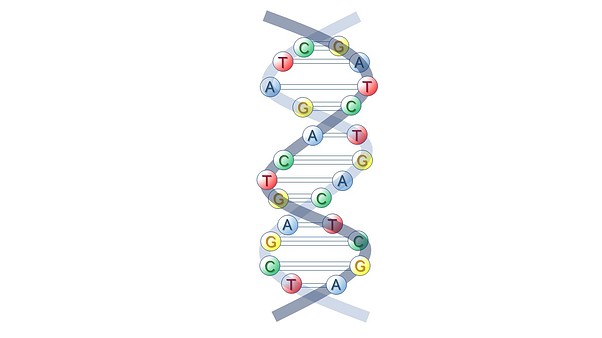What is the Ct Value in Novel Coronavirus PCR Testing?

The PCR test, widely used to detect COVID-19 infection, amplifies and detects genes extracted from the virus. The "Ct value" obtained from PCR testing is used for positive determination. The infectiousness can vary depending on the Ct value, even among those who test positive.
Table of Contents
Principle of PCR Testing
What is PCR?
Famous for its use in COVID-19 testing, PCR stands for "Polymerase Chain Reaction." It is a technique used to amplify DNA using the enzyme DNA polymerase.
PCR technology is not only used for infectious disease testing but also for various applications such as medical and biological research, environmental testing, and forensic science.
Principle of PCR
PCR technology was invented by the American biochemist Kary Mullis in 1983, who later won the Nobel Prize for it. The invention process includes many interesting anecdotes, such as coming up with the principle during a date drive and initially being dismissed for the outlandish idea. If interested, you may find it amusing to look into these stories.
DNA consists of two long strands forming a double helix, made up of four bases: adenine (A), thymine (T), guanine (G), and cytosine (C). In PCR, these strands are separated by heating, then short DNA molecules called primers bind to the target sequence when the temperature is lowered. DNA polymerase then synthesizes new strands starting from the primers, resulting in duplication of the target DNA. This process is repeated, causing exponential amplification of the DNA.

Image Source: ac-illust.com
Real-Time PCR
Real-Time PCR, unlike traditional PCR, uses fluorescent dyes to monitor the amplification of DNA in real-time. This technique is mainly used for COVID-19 testing, allowing for real-time detection of the virus's genetic material.
What is Ct Value?
The term "Ct value," or "Threshold Cycle," refers to the number of PCR cycles required for the fluorescent signal to cross a threshold level, indicating detectable levels of DNA. A lower Ct value suggests a higher initial amount of viral DNA, while a higher Ct value indicates a lower initial amount.
PCR Testing for COVID-19
COVID-19 PCR testing involves extracting RNA from nasal or saliva samples, removing impurities, and converting RNA to DNA through reverse transcription before performing Real-Time PCR. The process includes sample collection, RNA extraction, reverse transcription, and PCR, requiring several hours and specialized expertise.
What Can PCR Testing Reveal?
Relationship Between Ct Value and Disease Status
Ct values help determine whether a sample is positive or negative for COVID-19. In Japan, a Ct value below 40 is typically considered positive. Lower Ct values correspond to higher viral loads, with Ct values around 20 at the onset of symptoms, increasing to about 30 by day 9. A Ct value above 35, especially 10 days post-symptom onset, indicates a low viral load and reduced infectivity.
Ct Value and Super Spreaders
Super spreaders, individuals who significantly contribute to the spread of COVID-19, can potentially be identified through PCR testing. Although there is no absolute standard, Ct values below 25 indicate a high viral load (around 18 million viruses per ml), posing a significant risk of transmission. Studies have shown that over 30% of asymptomatic individuals can have Ct values below 25, emphasizing the importance of preventive measures such as mask-wearing.
Conclusion
PCR testing is a crucial tool in detecting COVID-19 by amplifying and identifying the virus's genetic material. Besides determining positivity, Ct values can help assess the infectiousness of an individual. However, it is important to note that Ct values can vary depending on the equipment and reagents used, making them not an absolute standard.
References
- Japanese Society for Infectious Diseases – COVID-19 Testing Methods and Interpretation of Results
- J-STAGE – RT-PCR Screening Tests for SARS-CoV-2 with Saliva Samples in Asymptomatic People
- Setagaya City – 11th Regular Press Conference by Setagaya Ward Mayor
